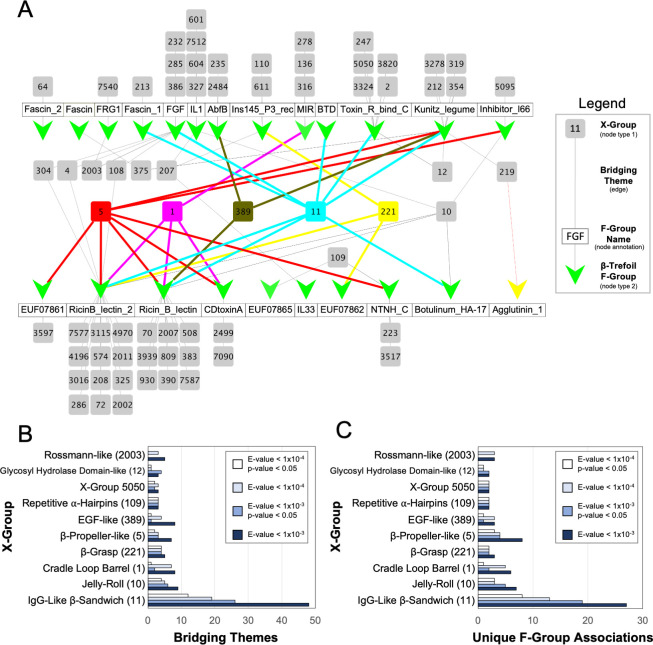Fig 1. Bridging themes to the β-trefoil evolutionary lineage.
A. Network of bridging themes (edges) between 23 β-trefoil families (nodes represented by green Vs, defined as an F-group) and 68 other evolutionary lineages (nodes represented by grey and colored boxes, defined as an X-group). The network was constructed using an E-value cutoff of 1x10-3. For clarity, evolutionary lineages with a bridging theme to only one β-trefoil family are tiled above or below the name of the associated family (white boxes). Nodes associated with evolutionary lineages of special note are colored as follows: X-group 5 (β-propeller) is red; X-group 1 (cradle loop barrel) in magenta; X-group 389 (EGF) in olive; X-group 11 (IgG-like β-sandwich) in cyan; and X-group 221 (β-grasp) in yellow. The IgG-like β-sandwich is associated with the most β-trefoil families (8 in total). The 7 β-trefoil families for which no bridging themes were found are not drawn. The network graph was rendered with Cytoscape (cytoscape.org) B. Bridging theme counts between the β-trefoil and other evolutionary lineages. To account for redundancy, a bridging theme is defined here as an HMM profile that has at least one hit against a non-β-trefoil sequence. IgG-like β-sandwiches are associated with the greatest number of bridging themes to the β-trefoil lineage, even with increasingly stringent statistical cutoffs (see Methods for more details). Note that there can be, and often are, multiple, unique bridging themes within a β-trefoil F-group to the same X-group (i.e., an edge in the network can be associated with more than one shared sequence segment). For clarity, only the top 10 most connected evolutionary lineages are shown. C. The number of unique pairwise F-group associations between the β-trefoil and another protein lineage. For clarity, only the top 10 most connected evolutionary lineages are shown.

